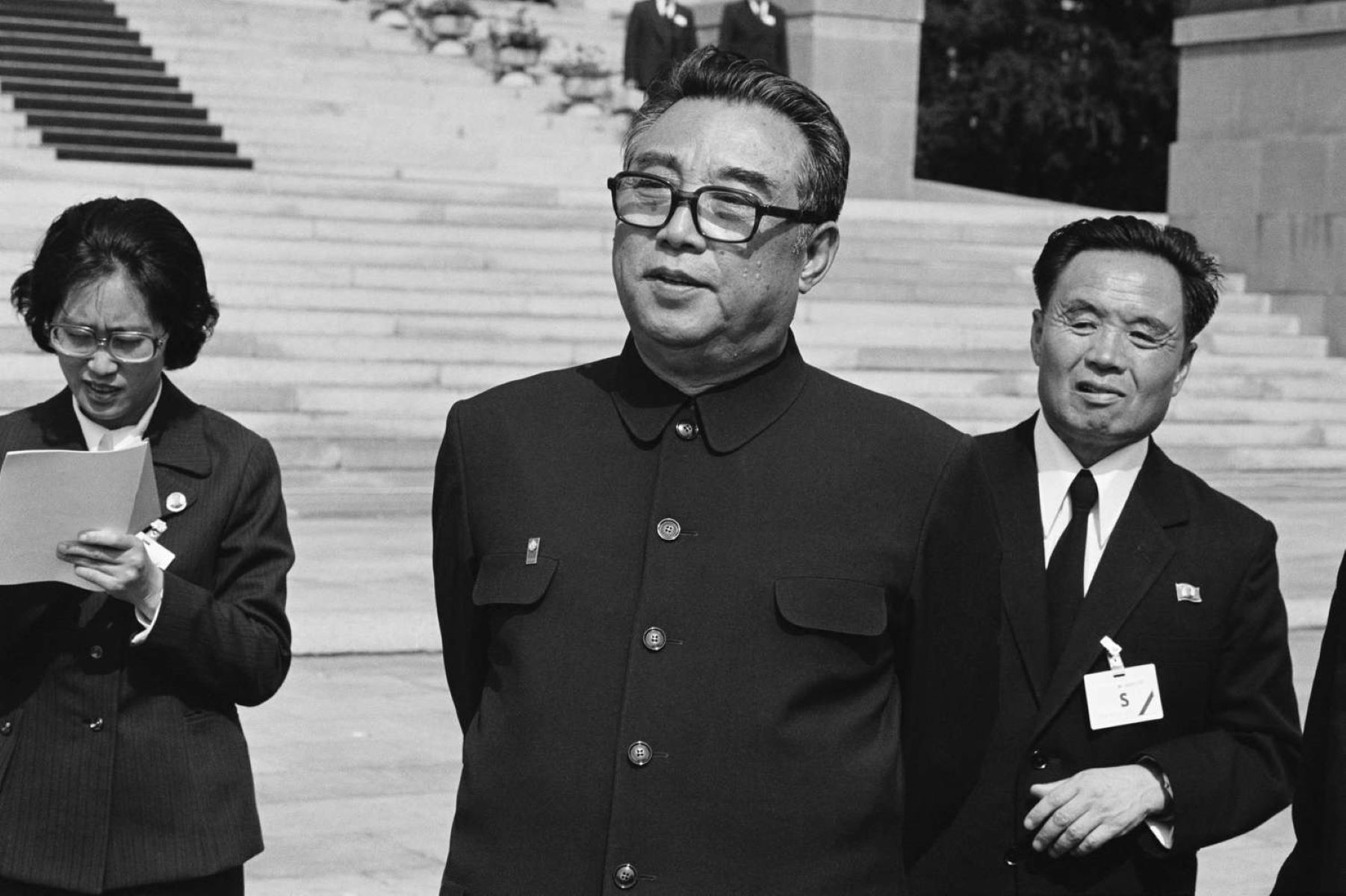
Who was Kim Il-sung? Kim Il-sung, the founding leader of North Korea, ruled from 1948 until his death in 1994. He established a regime based on Juche, a self-reliance ideology. Born in 1912, he became a prominent figure in Korean resistance against Japanese occupation. His leadership style was marked by authoritarianism, with a strong emphasis on military power and centralized control. Kim Il-sung's legacy continues to influence North Korean politics, with his son and grandson succeeding him. He remains a controversial figure, admired by some for his nationalist stance but criticized for human rights abuses. Understanding his life and policies provides insight into North Korea's current dynamics.
Early Life and Rise to Power
Kim Il-sung, the founding leader of North Korea, had a life filled with significant events and milestones. Here are some fascinating facts about his early years and ascent to power.
-
Born on April 15, 1912, in Mangyongdae, near Pyongyang, Kim Il-sung's birth name was Kim Song-ju.
-
His family fled to Manchuria in the 1920s to escape Japanese colonial rule in Korea.
-
Kim joined anti-Japanese guerrilla groups in Manchuria during the 1930s, which laid the groundwork for his future leadership.
-
He adopted the name "Kim Il-sung," meaning "become the sun," during his time as a guerrilla fighter.
-
After World War II, Kim returned to Korea and quickly rose through the ranks of the Korean Workers' Party.
Establishing North Korea
Kim Il-sung played a pivotal role in the establishment of North Korea. His leadership shaped the country's political landscape.
-
In 1948, Kim Il-sung became the first Premier of the Democratic People's Republic of Korea (North Korea).
-
He established a one-party state under the Korean Workers' Party, which remains in power to this day.
-
Kim introduced the Juche ideology, emphasizing self-reliance and independence, which became the guiding principle of North Korean policy.
-
He initiated land reforms and nationalized industries to consolidate his control over the economy.
-
Kim's government heavily invested in military capabilities, leading to the Korean War in 1950.
The Korean War and Aftermath
The Korean War was a significant event in Kim Il-sung's rule, impacting both North and South Korea.
-
The Korean War began on June 25, 1950, when North Korean forces invaded South Korea.
-
Kim Il-sung believed the war would lead to the reunification of Korea under his rule.
-
The war ended in 1953 with an armistice agreement, but no formal peace treaty was signed, leaving the Korean Peninsula technically at war.
-
Post-war, Kim focused on rebuilding North Korea's infrastructure and economy, heavily relying on Soviet and Chinese aid.
Cult of Personality
Kim Il-sung's leadership was marked by a strong cult of personality, which continues to influence North Korean society.
-
He was often referred to as the "Great Leader" and "Eternal President."
-
Statues, portraits, and monuments of Kim Il-sung are widespread throughout North Korea.
-
His birthday, April 15, is celebrated as the Day of the Sun, a major national holiday.
-
The Mansu Hill Grand Monument in Pyongyang features a massive statue of Kim Il-sung, symbolizing his enduring legacy.
Legacy and Succession
Kim Il-sung's legacy continues to shape North Korea, even after his death in 1994.
-
He was succeeded by his son, Kim Jong-il, who continued his father's policies and maintained the cult of personality.
-
Kim Il-sung's body is preserved and displayed in the Kumsusan Palace of the Sun, which serves as a mausoleum for both him and Kim Jong-il.
Final Thoughts on Kim Il-sung
Kim Il-sung's life was full of twists and turns. From leading the Korean resistance against Japan to founding North Korea, his impact on history is undeniable. His policies and leadership style shaped the nation, leaving a legacy still felt today. Understanding his life helps us grasp North Korea's current dynamics.
Though controversial, his influence on Korean history can't be ignored. His role in the Korean War and his establishment of a strict regime are key points in understanding the region's past and present.
Learning about figures like Kim Il-sung gives us a clearer picture of global history. It reminds us how individual actions can shape nations. Whether viewed as a hero or a dictator, his story is a crucial part of the 20th century.
Was this page helpful?
Our commitment to delivering trustworthy and engaging content is at the heart of what we do. Each fact on our site is contributed by real users like you, bringing a wealth of diverse insights and information. To ensure the highest standards of accuracy and reliability, our dedicated editors meticulously review each submission. This process guarantees that the facts we share are not only fascinating but also credible. Trust in our commitment to quality and authenticity as you explore and learn with us.


